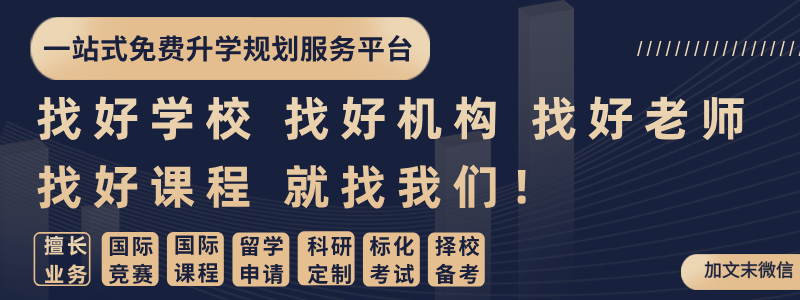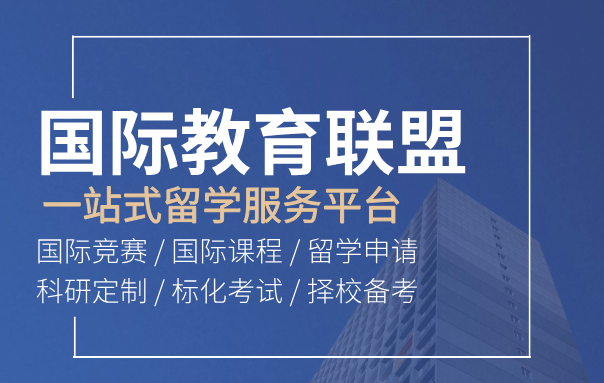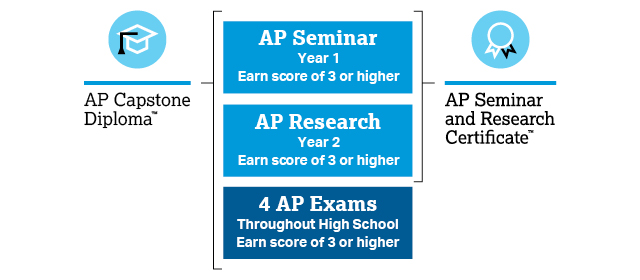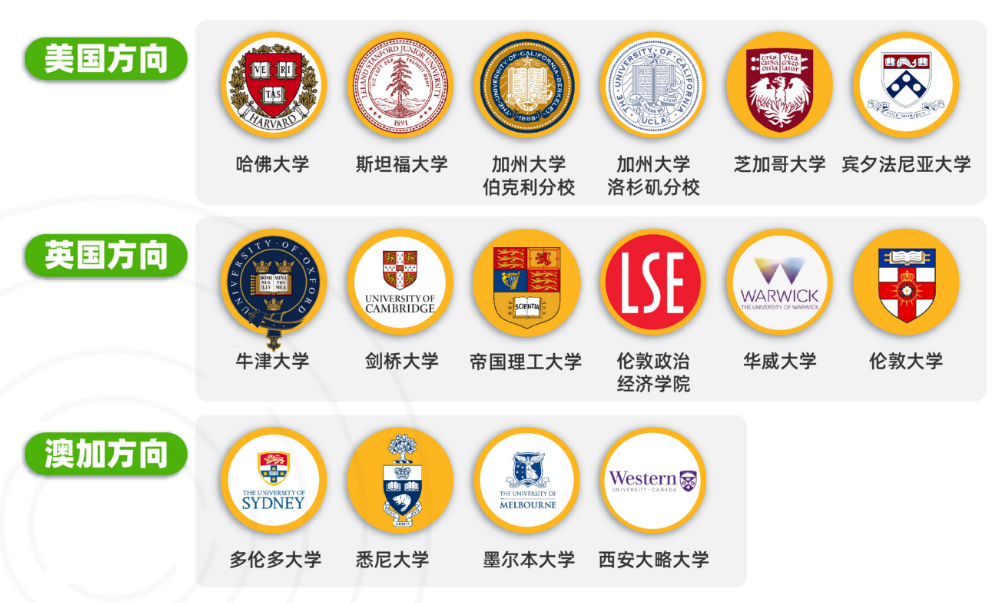Task one:line graph 【澳大利亚不同行业劳动力增长情况】类似图表:
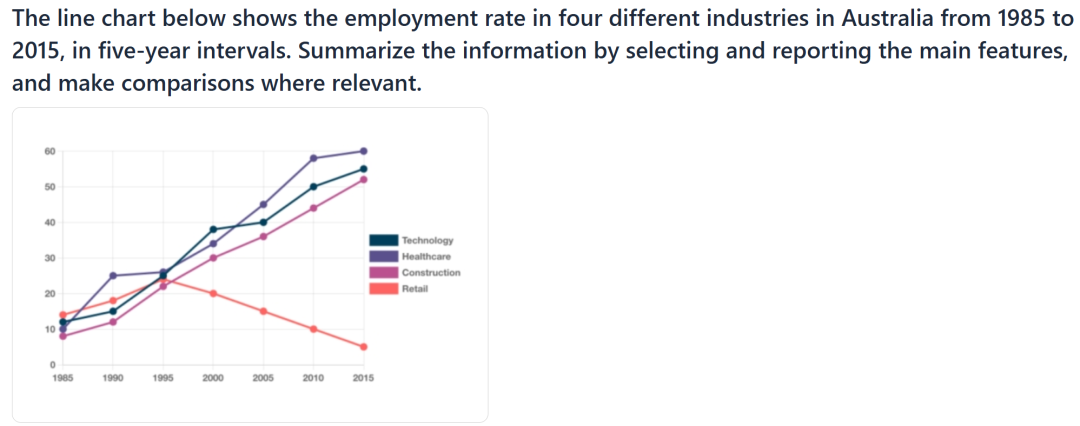
核心段落:
Overall, it is clear that the Technology and Healthcare sectors followed broadly similar upward trends【相似地上升趋势】 in employment over the timeframe, while the Retail industry experienced a pattern of initial growth followed by a sharp decline. In contrast, the Construction sector maintained a steady, moderate upward trajectory 【缓和地上升趋势】throughout the period.
In 1985, the employment rate across all four industries was relatively low, with the Retail sector recording the highest figure at approximately 20%. Over the subsequent five years (1985-1990), most industries saw a modest 2% increase in employment rates, with the exception of【除了】 Healthcare, which surged by around 15%—a far more dramatic rise. By the year 2000, a notable convergence occurred: all four industries had aligned within a narrow range of 30% to 40% in terms of employment rates.
The period from 2001 to 2015 marked a divergence in trends. The Retail industry, in particular, underwent a significant and sustained decline. After peaking around 2000, its employment rate fell by 3% in the early 2000s and continued to decrease gradually by roughly 5% per five-year interval thereafter. By 2015, Retail’s employment rate had plummeted to just 5%—the lowest among all sectors over the entire 30-year period.
Conversely, the Healthcare, Construction, and Technology industries maintained their upward momentum post-2000. Healthcare and Construction both exhibited steady growth, with annual increases of approximately 4% to 8% per five-year period. By 2015, Healthcare had emerged as the sector with the highest employment rate, reaching 60%. Technology also saw consistent growth【连续上升】, though its final 2015 figure was slightly lower than that of Healthcare and Construction, reflecting a more gradual upward curve compared to the other two expanding sectors.
Task two:Learning language is the best way to learn about a culture. To what extent do you agree or disagree?同意的原因:
Firstly, language acts as a "carrier" 【载体】of cultural values and traditions. Many concepts, idioms, and proverbs【谚语】 are deeply rooted in a culture’s history and cannot be fully translated into other languages. By learning foreign language, one can directly understand this core cultural value【核心的文化价值】, which would be difficult to grasp through books or videos alone.
Secondly, language enables direct interaction with native people. Conversing with locals allows learners to experience real-life cultural practices 【文化实践】such as how people greet each other, discuss family, or celebrate festivals. This kind of immersive understanding is often only possible when one can communicate in the local language.
不同意的原因:
However, learning a language is not the sole【单独的】 or absolute 【绝对地】 best method to understand a culture. One key reason is that cultural knowledge【文化知识】 also comes from non-verbal 【非语言的】 elements, such as art, music, and social behaviors.Another factor is that language learning takes time, and many people may gain a basic understanding of a culture through other accessible means【可接触的方法】 first. Travel documentaries, cultural exhibitions, or even cooking traditional dishes can provide valuable insights【有价值的认知】


